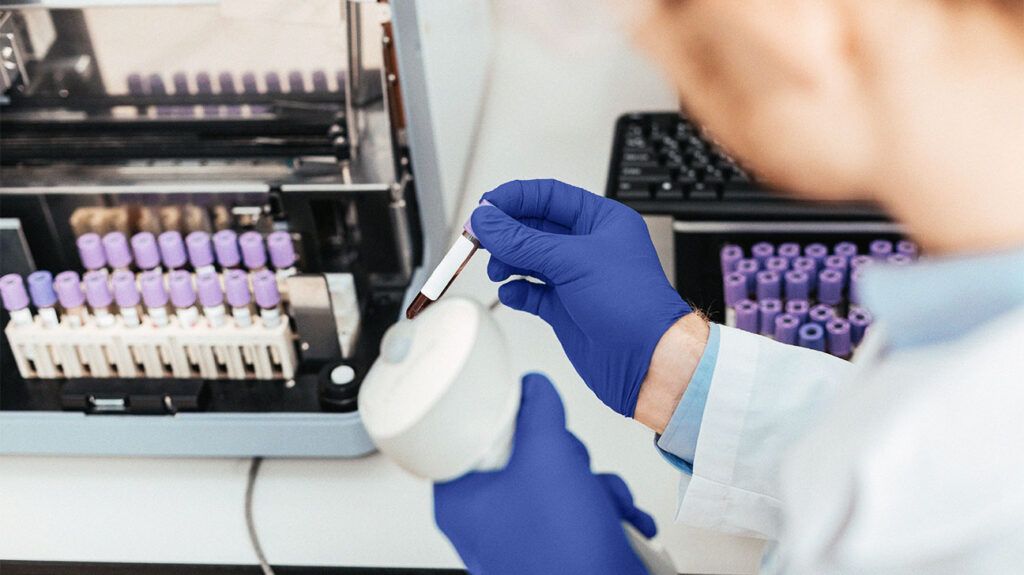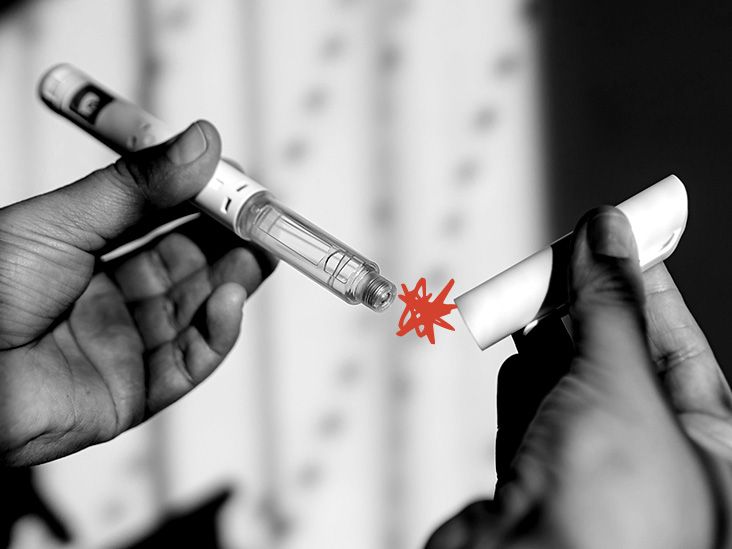Sickle cell anemia (SCA) is a disorder that affects a person’s blood. Some research indicates that hundreds of thousands of people around the world experience this condition.
SCA is a genetic blood disorder that affects red blood cells, which carry oxygen throughout the body.
In people with SCA, these red blood cells change shape from round to crescent, or sickle shaped, due to problems with the hemoglobin in the cells. This can block blood flow to a person’s smaller blood vessels, causing pain and organ damage.
SCA is one of a group of inherited red blood cell conditions that doctors refer to as sickle cell disease (SCD). SCA is usually the most severe form of SCD.
SCD and SCA affect significant numbers of people globally. This article discusses SCA prevalence, risk factors, symptoms, diagnosis, and treatment.

According to the
However, the CDC also states the exact number of people in the United States with SCD is unknown. They estimate that:
- SCD affects approximately 100,000 people in the United States.
- around 1 out of every 365 Black or African American babies have SCD
- around 1 out of every 16,300 Hispanic American babies have SCD
There is a lack of current scientific data about how many people have SCA, which is a
SCA is a genetic condition that a person has
If a person has one sickle cell gene, they have sickle cell trait (SCT). People with SCT typically do not have health problems as a result of the gene. However, they can still pass the sickle cell gene on if they have children.
If someone inherits two sickle cell genes, they will have a form of SCD that may include SCA. They inherit one gene from each biological parent. If they have SCA, both their parents must have had SCD, SCT, or SCA.
SCD is more common in some ethnic groups, such as:
- people of African descent
- Hispanic Americans from Central and South America
- people with Middle Eastern heritage
- individuals of Asian descent
- people with Indian heritage
- individuals of Mediterranean descent
According to the CDC,
Learn more about SCA in African Americans.
People with SCA may have symptoms that appear at ages 5–6 months, including:
SCA symptoms can vary between people. Individuals with SCA
- acute chest syndrome
- frequent serious infections
- severe anemia, which may cause shortness of breath and tiredness, among other symptoms
- sickle cell pain crises
- delayed growth
- lung problems
- strokes
Healthcare professionals
People can have testing at any age to determine if they have SCA. They can also have blood or genetic testing to find out if they are at risk of having a child with the condition. They may carry the genes necessary for their children to have SCA, even if they do not have it themselves.
People with SCA need lifelong treatment, which may include:
- preventing or managing painful episodes with self-care methods, such as staying hydrated and warm
- regular blood transfusions for a person’s symptoms or damage due to SCA
- emergency blood transfusions if a person develops severe anemia
- medication to reduce symptoms, such as hydroxyurea
- pain relief medications
- daily antibiotics for
children under 5 yearsTrusted Source and regular vaccinations to reduce their risk of infection
The only approved therapies that may be able to cure SCD are bone marrow or stem cell transplants. However, both these treatments carry significant risks — they may have serious side effects or be fatal.
Sickle cell anemia (SCA) is an inherited condition that affects a person’s red blood cells. It is a severe form of sickle cell disease (CSD). Some estimates suggest SCA affects
People with forms of SCD have symptoms that can vary in severity, and some complications of SCD can be potentially fatal.
However, there are a range of treatments to help manage the symptoms of SCD.


